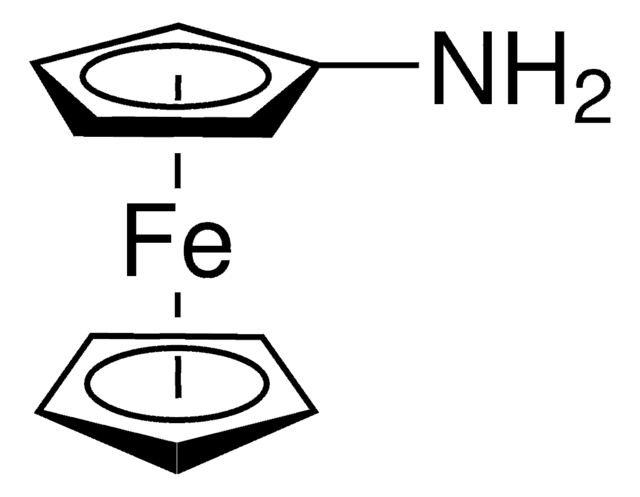Key Documents
482358
Ferrocenium tetrafluoroborate
technical grade
Synonim(y):
Bis(cyclopentadienyl)iron tetrafluoroborate, Dicyclopentadienyliron fluoborate, Dicyclopentadienyliron tetrafluoroborate
About This Item
Polecane produkty
klasa czystości
technical grade
przydatność reakcji
core: iron
reagent type: catalyst
mp
178 °C (dec.) (lit.)
ciąg SMILES
[Fe+].F[B-](F)(F)F.[CH]1[CH][CH][CH][CH]1.[CH]2[CH][CH][CH][CH]2
InChI
1S/2C5H5.BF4.Fe/c2*1-2-4-5-3-1;2-1(3,4)5;/h2*1-5H;;/q;;-1;+1
Klucz InChI
ZSPXIHLQPWVOQR-UHFFFAOYSA-N
Szukasz podobnych produktów? Odwiedź Przewodnik dotyczący porównywania produktów
Powiązane kategorie
Opis ogólny
Zastosowanie
- an oxidizing agent in the synthesis of the monocationic Co(II)complex [CpCo(azpy)]+
- a Lewis acid catalyst in epoxide ring opening and to activatethe carbonyl group for addition or cycloadditions reactions
- an oxidizing agent when used in conjuntion with a Cl-source
- a reversible redox reagent between stannole dianion and bistannole-1,2-dianion
Hasło ostrzegawcze
Danger
Zwroty wskazujące rodzaj zagrożenia
Zwroty wskazujące środki ostrożności
Klasyfikacja zagrożeń
Eye Dam. 1 - Skin Corr. 1B
Kod klasy składowania
8A - Combustible corrosive hazardous materials
Klasa zagrożenia wodnego (WGK)
WGK 3
Temperatura zapłonu (°F)
Not applicable
Temperatura zapłonu (°C)
Not applicable
Środki ochrony indywidualnej
Eyeshields, Faceshields, Gloves, type P3 (EN 143) respirator cartridges
Wybierz jedną z najnowszych wersji:
Masz już ten produkt?
Dokumenty związane z niedawno zakupionymi produktami zostały zamieszczone w Bibliotece dokumentów.
Klienci oglądali również te produkty
Nasz zespół naukowców ma doświadczenie we wszystkich obszarach badań, w tym w naukach przyrodniczych, materiałoznawstwie, syntezie chemicznej, chromatografii, analityce i wielu innych dziedzinach.
Skontaktuj się z zespołem ds. pomocy technicznej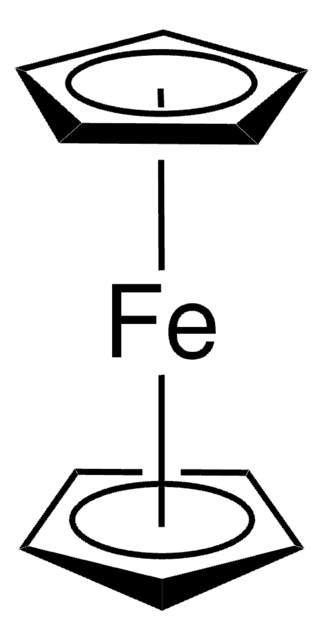
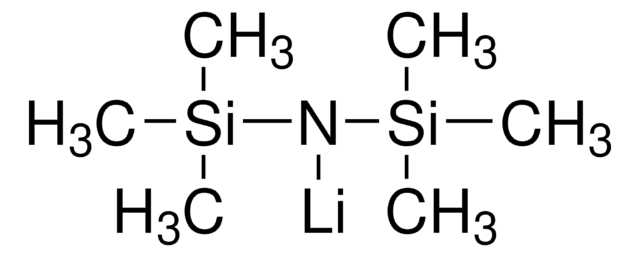
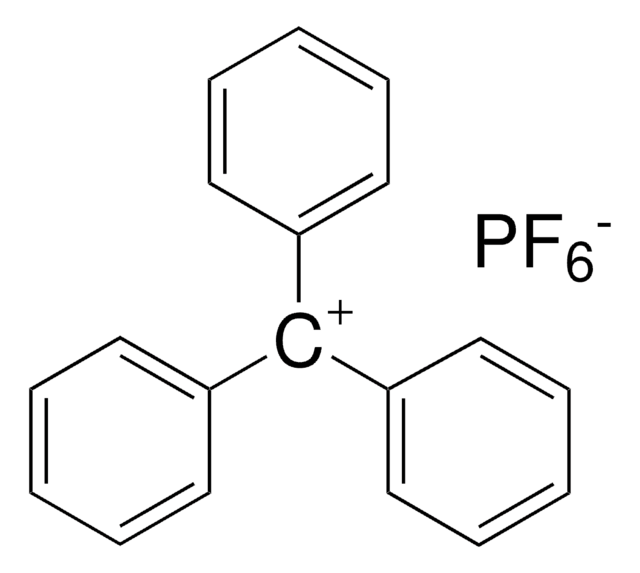

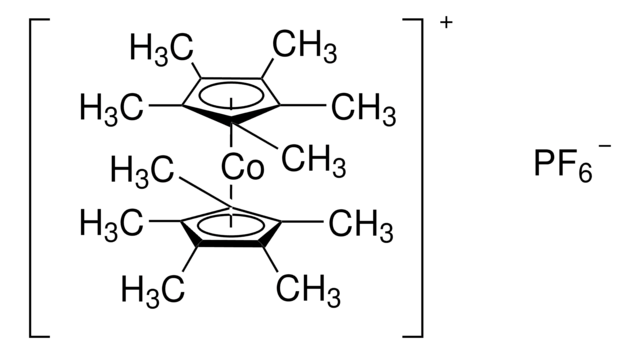
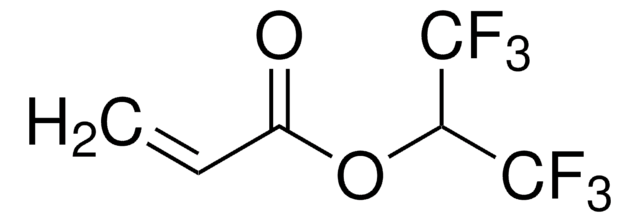


![Sodium tetrakis[3,5-bis(trifluoromethyl)phenyl]borate](/deepweb/assets/sigmaaldrich/product/structures/251/439/7a621e74-bfd1-4a43-833c-09adfcc1e0b3/640/7a621e74-bfd1-4a43-833c-09adfcc1e0b3.png)



